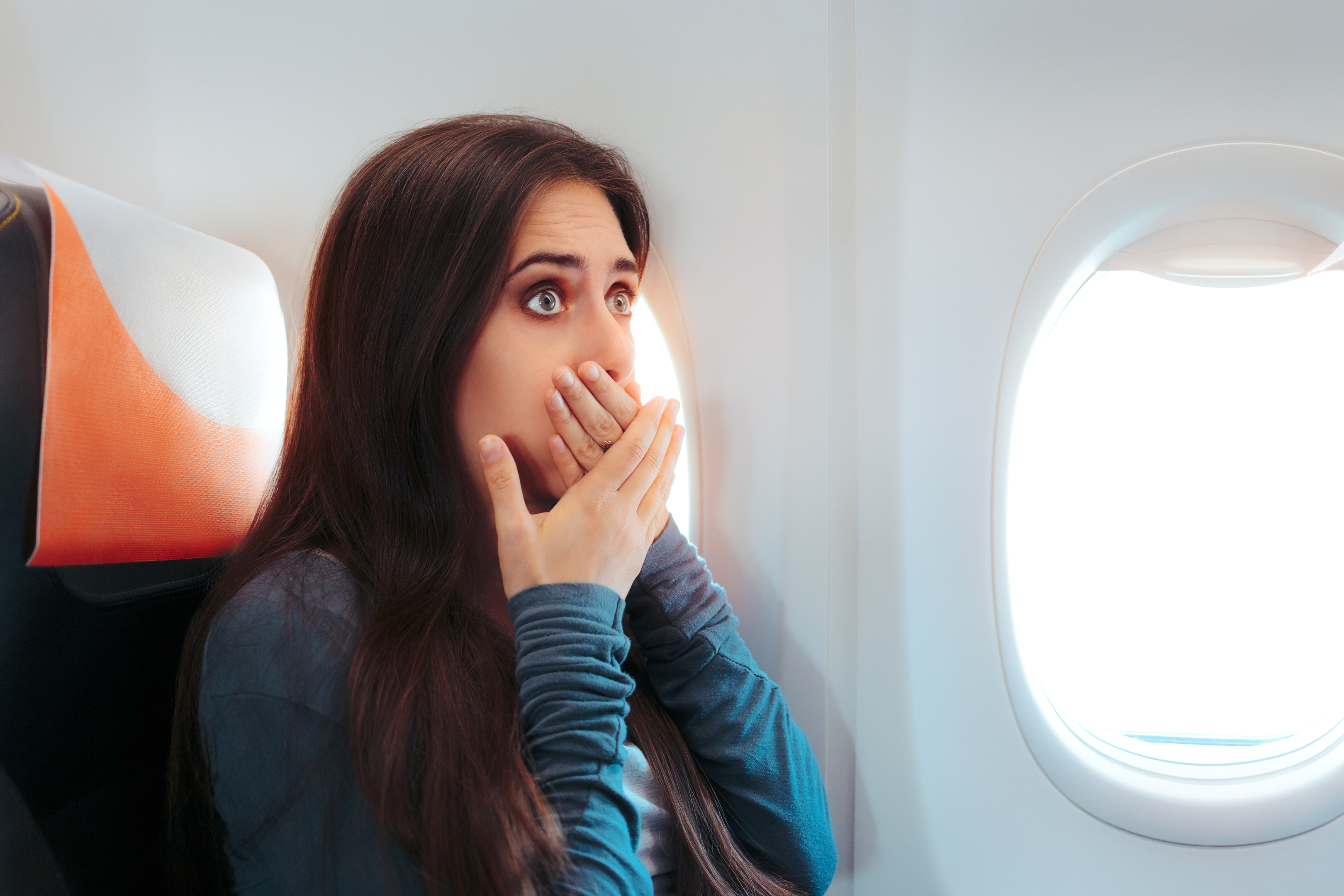
IF you are one of those people who worries more about your holiday flight than the fun you’ll have when you land, you’re not alone.
If figures are to be believed, almost 30% of us worry about flying, and many millions secretly clench our seats with sweaty hands as we take off, land, and even throughout the flight itself.
For a large number, the fear of flying is so serious that we simply go without exotic holidays overseas, and even miss out on job opportunities and lots of other good things, just because being on a plane utterly terrifies us.
With people that scared, it is irrelevant that some estimates say flying is 200 times safer than driving — no amount of data will calm them.
One man, however, almost certainly will — and Christopher Paul Jones’ record of helping those with a fear of flying is incredible.
“The common thing I’ve found is that something in the past has caused the person to be afraid,” reveals Christopher, a phobia expert and therapist based at Harley Street.
“Flying can involve several different fears — heights, the movement, being confined when the doors shut, fear of crashing, of loss of control, and the fear of the fear, of having a panic attack and embarrassing yourself.
“Maybe somebody watched a movie where a plane crashed, and in that moment the subconscious mind goes: ‘This equals danger.’
“It could be a bumpy theme-park ride, that then gets associated with plane turbulence later in life. It can be general anxiety, of not knowing the pilot, so not being in control.
“What we call the reptilian brain, designed to keep us alive, is teaching us to be aware of danger.
“But when it wrongly learns — such as seeing a plane crash on the news, or listening to people talk about being thrown around on a flight — whenever you see that in future, your brain fires off these survival mechanisms.
“This causes you to go into ‘fight, flight or freeze’ mode to either hide, run, or fight.
“Now, you can’t do that on a flight, so you start getting angry, kicking off, or you are glued to the seat, or the body fills with adrenalin, but has nowhere to run so it gets worse.
“That is what happens when someone has such an extreme phobia — it’s a learned behaviour thing for your protection.”
Amazingly, when you hear how deep-seated it can be, Christopher has been known to fix it in just seven minutes with one lucky person!
“I’m not a counsellor,” he points out, “so it would never be hundreds of hours.
“They sit and talk about problems, but my job is to find the moment in time that triggered the fear.
“When you can find that link, and break the association, the brain no longer has a reference for it.
“Normally, it won’t take more than two or three sessions to remove a phobia.”
Personally, I find all this baffling — I have had a dreadful fear of heights as long as I can remember, but I love flying, even find turbulence exciting, and know to trust the experts in the cockpit.
A huge contradiction, surely?
Not at all, says Christopher.
“Again, it is all to do with association,” he points out.
“Some people’s minds generalise, which is how they can associate a bad theme-park ride with turbulence, the same movement that makes them feel sick.
“Everyone’s mind is different, and with you, your mind hasn’t made that association between being up high in a plane and high up on a bridge.
“Quite likely, if I was to make a guess, there would have been some instance in your past when you had a scary feeling while looking over a bridge, so your brain held on to that, but hasn’t generalised it to flying.
“The reason you didn’t make the association is possibly because in your past you’ve had lots of positive associations with flying.”
He has read me like a book, and I can vouch for the fact that a scary, windy bridge experience scared the living daylights out of me as a nipper.
None of which means that if you or I had a horrific bumpy flight next time, that we couldn’t start to get a fear of flying — as Christopher points out, however, simply looking at the facts about flight can help.
As he says, there are lots of things to get worried about when we look at the statistics, but getting on a flight and perishing is not one of them.
“If something bad happened, it helps to have enough positive references and to tackle it straight after the fact,” he says.
“It is better to see someone like me who can do intervention straight away, before it gets ingrained in your long-term memory.
“That is what I do — I break those associations.
“It’s a bit like Pavlov with his dogs. The bell no longer means salivate, and the plane no longer means fear.”
To learn more about defeating a fear of flying, and get your free kit, visit http://christopherpauljones.net/fear-flying/

Enjoy the convenience of having The Sunday Post delivered as a digital ePaper straight to your smartphone, tablet or computer.
Subscribe for only £5.49 a month and enjoy all the benefits of the printed paper as a digital replica.
Subscribe